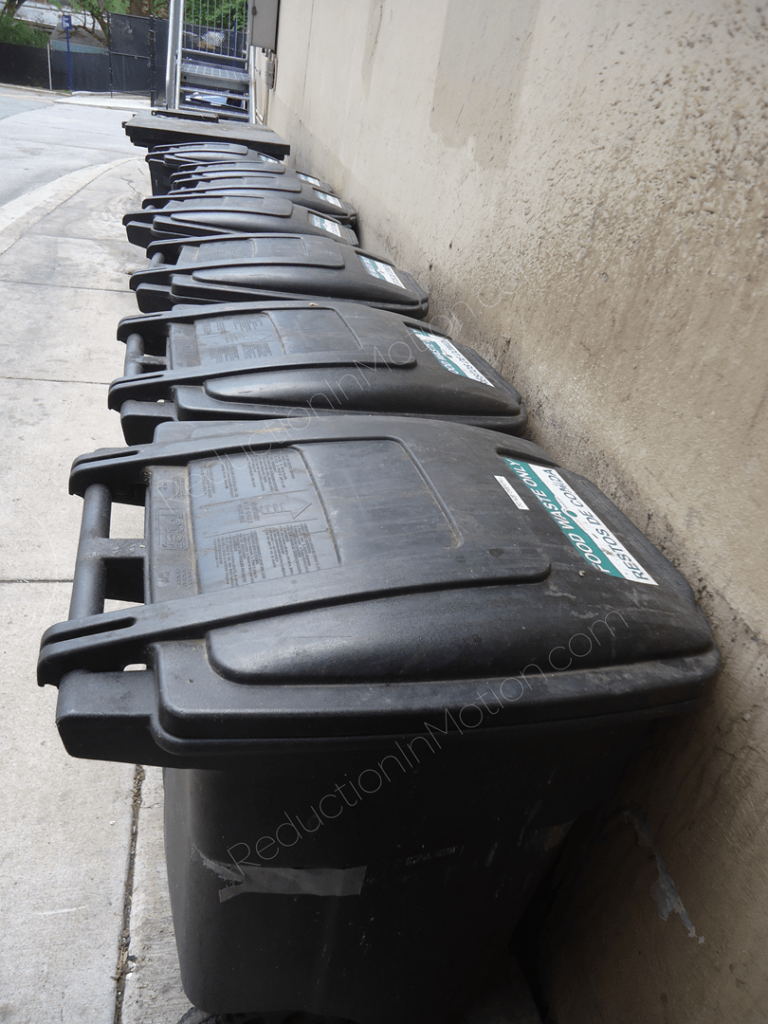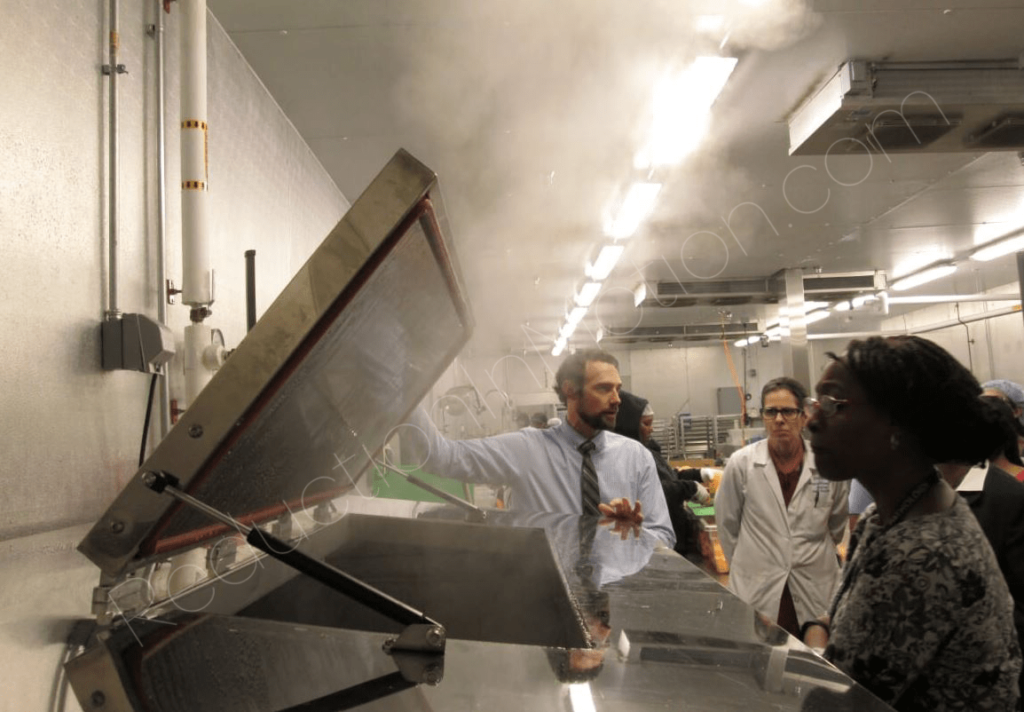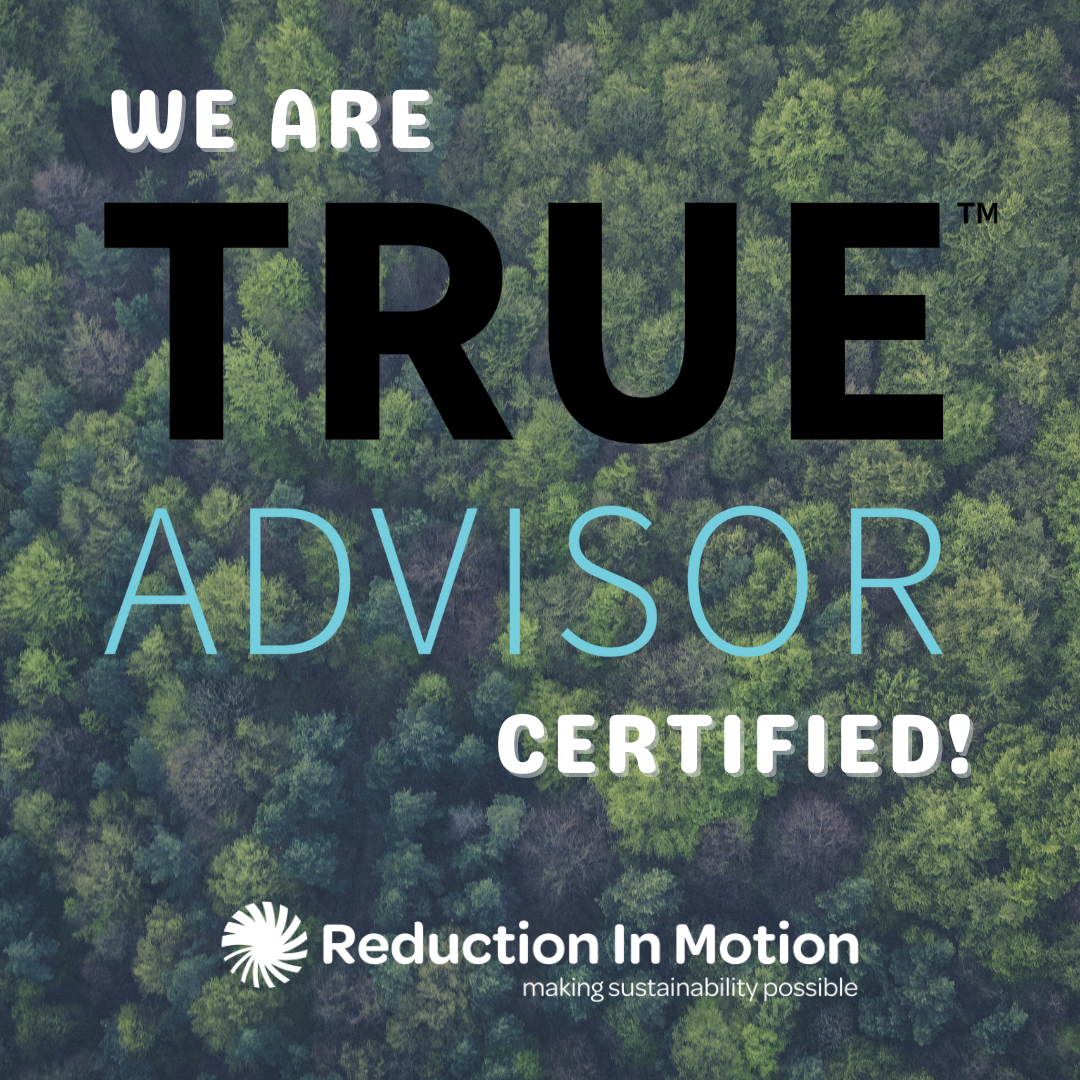Compost Program 101 (Part 3): Decision Time on How You’ll Compost
Welcome back to our series of blogs on compost! In case you missed it, the first two laid out the basics of compost and shared how to get started with compost by doing an assessment. Click here: Got Food Scraps? (Part I) to see the first blog in this series (just in case you missed it)!
Now, to make your composting dream a reality we need to explore the general questions – “What’s your budget?” and “How do you plan on composting your material?” to get a better understanding of what’s appropriate for your future program.
The first thing you need to do is decide how much you can spend. Once you have a budget in mind, next consider the style of composting you want to use, the necessary logistics and tools needed to make it happen, and the potential return on investment. Making these decisions first will set your future compost program up for success before it even gets started and will ensure your compost program fits your organization’s budget, manpower, and goals. Below are the three most widely used commercial composting options (starting with the most common choice among our current clients):
(1) Off-site Composting

This is the most common type of composting among our clients and involves selecting the right composting vendor to collect and transport your organics away from your facility to be composted at a large-scale composting facility.
The biggest benefit is that you’re able to divert food scraps generated by your organization from a landfill/incineration facility without the burden of managing a compost pile. However, there are some draw backs such as, the fees associated with the vendor to haul away your compost and you may need to purchase compostable liners to aid in the cleanliness of your compost totes.
(2) Biodigester

This is a machine that acts similar to a human stomach. The equipment would be installed onsite and helps break down food waste and discard it as wastewater in about a 24-hour period. Find some more information on this technology here:
http://www.waste360.com/organics/navigating-complexities-food-waste
The benefits: there’s little to no odor and there aren’t any costs associated with transporting your compostable material else-where; however, it does require a certain amount of kitchen space, utilities, and the up-front cost of purchasing the equipment.
(3) Onsite Composting
This is perfect when you have the appropriate knowledge, labor, and space to process your own food waste and turn it into compost. Be aware that, with this option odor can become a problem — properly managed compost does not have an odor but, mismanagement of a compost pile is a quick way to create nasty smells that make neighbors and employees unhappy.
A few other factors to consider…
Regardless of how you choose to compost, the proper tools are necessary to help support the collection of organic material generated within your organization, such as: bins (ranging from small buckets, bins/totes, to even compactors), bags (some may be required to purchase and utilize compostable liners), and also adding the appropriate signage (supportive labels and signs to help educate users on proper disposal). All of these are important to set up a successful food waste diversion program and will be discussed in more detail throughout this blog series – so check back in a few weeks for more!
We’re here to guide you through the process and make sure you understand every aspect of the decision you’re making. We love talking trash, and we’re excited to set up a site assessment at your facility! Interested to learn how we can help you? Email TrashTalk@ReductionInMotion.com to let us know how we can help you get started with composting or other waste diversion programs today!

Our team of sustainability and waste consultants work together to develop content for our site. Contact us to learn more about something we’ve written about or would like us to focus on in the future.

